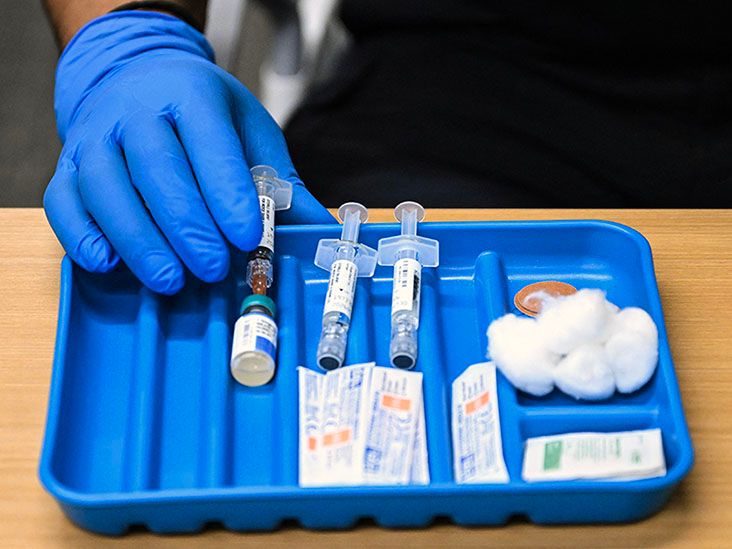Heart rate variability (HRV) is the variation in the time between two consecutive heartbeats over a specific period. Doctors may use HRV as an indicator for certain aspects of a person’s health, including their stress response.
Heart rate and HRV are not the same thing. A person’s heart rate indicates the number of times their heart beats in a minute, while HRV measures variability between consecutive heartbeats.
Many factors, including environmental, genetic, and lifestyle factors, can affect HRV.

Early researchers thought the heart should have a stable, regular beating pattern. However, more recently, experts have learned that a heartbeat should have variation and adapt to physical and psychological changes.
A regular heart rate with low variability may be ineffective at responding to sudden changes due to a breakdown in the heart’s regulation mechanisms.
Low HRV is a risk factor that healthcare professionals may associate with certain health conditions and physical and psychological stress.
For example, a 2021 analysis highlights that HRV is a marker of vascular tone. Vascular tone helps maintain blood pressure and gut and heart function.
A
- hypertension
- diabetes
- end stage renal disease
- all-cause mortality
- mortality in people with:
Although experts typically favor high HRV, they also associate high HRV with certain heart arrhythmias, such as atrial fibrillation and sick sinus syndrome.
A 2023 review highlights significant associations between HRV and mental health conditions. For example, research associates depression, anxiety, and more with a low HRV.
The authors suggest that further research is necessary to determine whether healthcare professionals can use HRV as a diagnostic tool for these conditions.
The 2021 analysis groups factors that can affect heart rate variability into the following categories:
- Physiological: Factors in this category may moderately affect HRV. It includes age, gender, physical exercise, and circadian rhythm.
- Pathological: Pathological conditions, including infection and inflammation, may lower a person’s HRV.
- Environmental: Environmental factors such as social stress, noise, and carbon monoxide levels may affect HRV.
- Lifestyle: Lifestyle factors that may affect HRV include smoking and alcohol intake.
- Psychological: Researchers associate a low HRV with conditions such as major depressive disorder and anxiety disorders.
- Genetic: Genetic factors may also affect a person’s HRV.
Experts
Healthcare professionals usually measure a person’s heart rate variability using an electrocardiogram (ECG or EKG).
Doctors
However, a 2023 review highlights that methods of recording HRV may vary in reliability. The duration of measurement may also affect results, as any activity during recording may be more likely to affect the results of shorter recordings.
People cannot influence every factor that might affect their HRV. However, they may be able to adjust lifestyle factors that affect HRV, such as frequently drinking too much alcohol and smoking.
People may also be able to seek treatment for pathological or psychological factors that can affect HRV, such as infections and anxiety disorders.
The 2021 analysis suggests that people may also be able to improve their HRV by modifying their lifestyle, particularly if they smoke cigarettes or drink excessively.
A person monitoring their HRV at home with wearable tracking devices can speak with a doctor if they have any concerns.
Generally, healthcare professionals consider a high HRV better, but many factors can affect HRV. If a person has any concerns about their heart health, it is always best to speak with their doctor.
Can wearable devices measure HRV accurately?
A 2023 review suggests that various factors, including analysis method, skin contact quality, and moisture, may affect the accuracy of HRV measurements from wearable devices, such as smartwatches.
Most wearable devices available for consumers use PPG-based tracking, which the review states is unsuitable for continuous HRV monitoring.
How often should someone measure HRV?
People can speak with a healthcare professional about how often they should measure HRV. Research suggests that recordings over a longer duration, such as 24 hours, may be the best way to monitor long-term trends.
Can HRV predict future health problems?
Heart rate variability (HRV) measures the variation in time between consecutive heartbeats. Research typically associates a low HRV with health certain conditions.
Doctors can measure a person’s HRV using an electrocardiogram test. However, people may also be able to measure their HRV or pulse rate variability using wearable devices.
People can change some factors that may affect HRV, including smoking and drinking alcohol. If a person has any concerns about their heart, it is best to speak with a healthcare professional.


